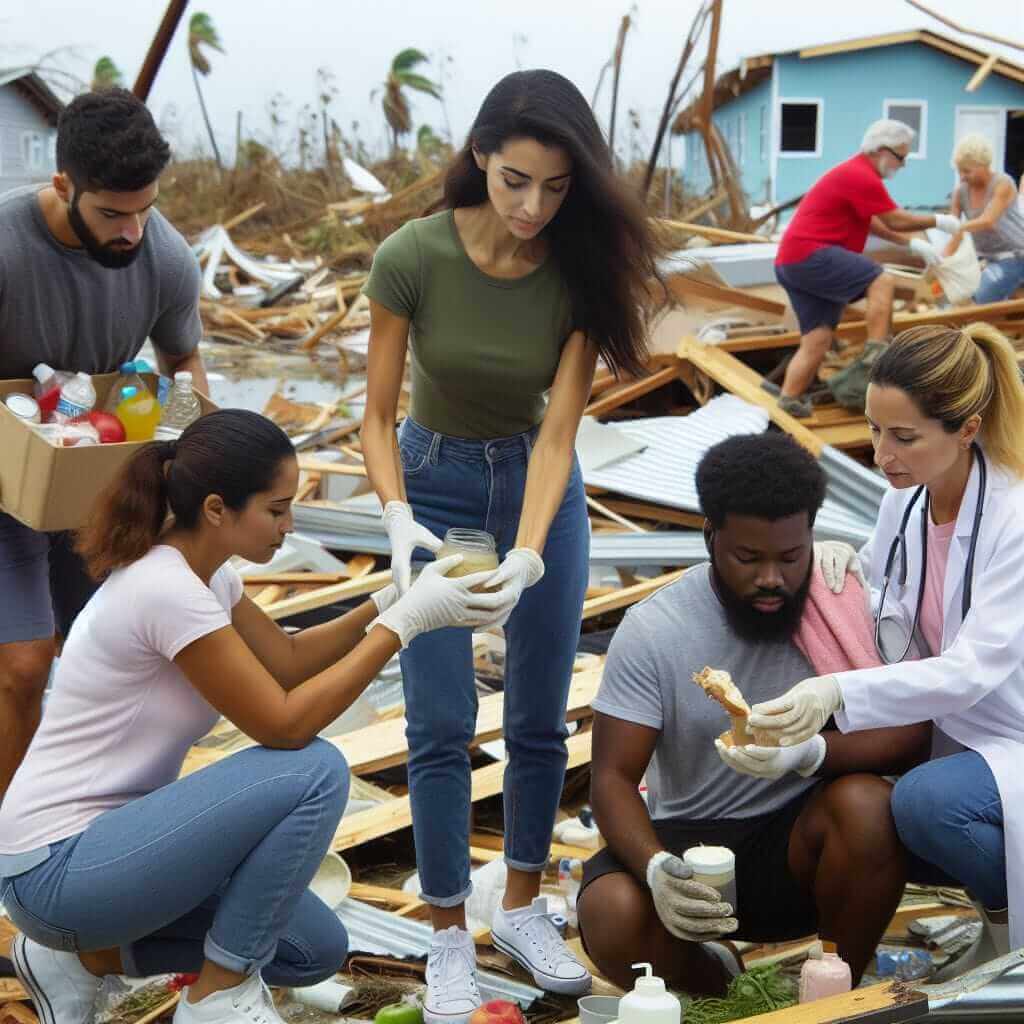The rise of social networks has transformed the way we communicate, share information, and respond to emergencies. Social networks are increasingly playing a pivotal role in emergency response, offering real-time information dissemination and facilitating community resilience. This topic has appeared in various IELTS writing prompts and is expected to appear more frequently due to the growing reliance on digital communication tools in crisis situations.
In past IELTS writing exams, topics related to technology’s role in society, community resilience, and crisis management have been frequently tested. Given the immediacy and relevance of social networks in emergencies, this prompt merges various elements of these topics and is likely to be featured in future exams.
Sample IELTS Writing Task 2 Prompt
The role of social networks in emergency response cannot be overstated. Discuss the advantages and disadvantages of relying on social networks during emergencies.
Analyzing the Prompt
This prompt requires you to discuss both the benefits and drawbacks of using social networks during emergencies. It is crucial to provide a balanced view, ensuring you address both sides of the argument. The task also implicitly encourages the exploration of the impact of social networks on community resilience and the rapid dissemination of crucial information.
Sample Essay
Social networks have significantly evolved and become integral to our daily lives. During emergencies, their role cannot be overstated. While these platforms offer numerous advantages, they also present certain drawbacks that need to be carefully considered.
Firstly, one of the primary advantages of social networks in emergency response is the speed at which information can be disseminated. Platforms like Twitter, Facebook, and Instagram enable rapid sharing of real-time updates, which can be crucial during disasters such as earthquakes, floods, or fires. For instance, emergency alerts and evacuation notices can be quickly communicated to a broad audience, thereby saving lives.
In addition, social networks facilitate greater community engagement and support. During crises, these platforms become hubs for collective action, where individuals can offer help, share resources, and provide emotional support. This was evident during events such as hurricanes, where communities rallied together to provide shelter and food to those in need. Moreover, platforms like Facebook’s Safety Check feature enable users to mark themselves as safe, thereby reducing the anxiety of loved ones far away.

However, there are several disadvantages associated with relying too heavily on social networks during emergencies. One significant issue is the spread of misinformation. In the chaos of a crisis, false information can propagandize rapidly, leading to confusion and potentially putting lives at risk. For example, during the COVID-19 pandemic, various social platforms were rife with unverified claims and fake news, which at times hindered rather than helped public health efforts.
Another downside is the digital divide. Not everyone has access to social networks or the internet, particularly in underdeveloped regions or among certain demographics such as the elderly. This disparity can result in unequal access to critical information during emergencies, potentially exacerbating the effects of a crisis for those who are already vulnerable.
In conclusion, while social networks provide significant advantages in emergency response through rapid information dissemination and fostering community support, the challenges of misinformation and unequal access cannot be ignored. To maximize the benefits, it is essential to use these tools in conjunction with other emergency response strategies. Addressing these disadvantages will require a multifaceted approach including better regulation of information on social networks and efforts to bridge the digital divide.
Word count: 353
Key Points to Remember
- Tackling the Advantages and Disadvantages: Ensure that you balance both sides of the argument.
- Use Real-life Examples: Refer to real events to add credibility to your essay.
- Keep it Structured: Stick to a clear structure with an introduction, body paragraphs, and conclusion.
Essential Vocabulary
- Disseminate /dɪˈsɛmɪneɪt/ (verb) – Spread or disperse information widely.
- Community resilience /kəˈmjuːnɪti rɪˈzɪlɪəns/ (noun) – The ability of a community to respond to and recover from adverse situations.
- Propagate /ˈprɒpəɡeɪt/ (verb) – Spread and promote an idea or theory widely.
- Exacerbate /ɪɡˈzæsəbeɪt/ (verb) – Make a problem, bad situation, or negative feeling worse.
- Digital divide /ˈdɪdʒɪtl dɪˈvaɪd/ (noun) – The gap between those who have access to modern information and communication technology and those who do not.
Conclusion
In this essay, we explored the multifaceted role of social networks in emergency response, highlighting both the advantages and disadvantages. Understanding this balance is crucial for IELTS preparation, and being equipped with relevant vocabulary and real-life examples will significantly enhance your writing. Future IELTS prompts may continue to explore similar themes, so it’s advisable to practice writing on related topics such as community resilience or the impact of technology on society.
For further practice, consider writing essays on topics like The Importance of Community Resilience in Disaster Preparedness or What Could Government Do to Promote Tourism?, as they offer intersections with the discussed theme.